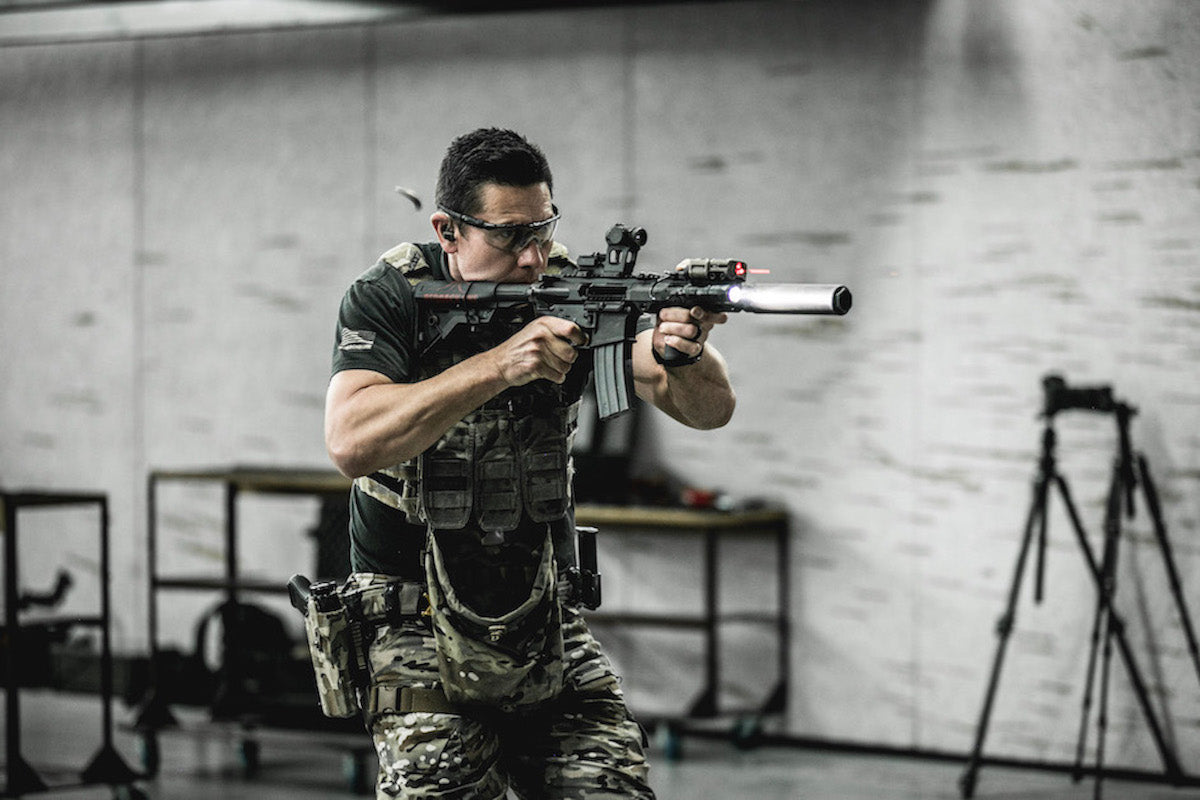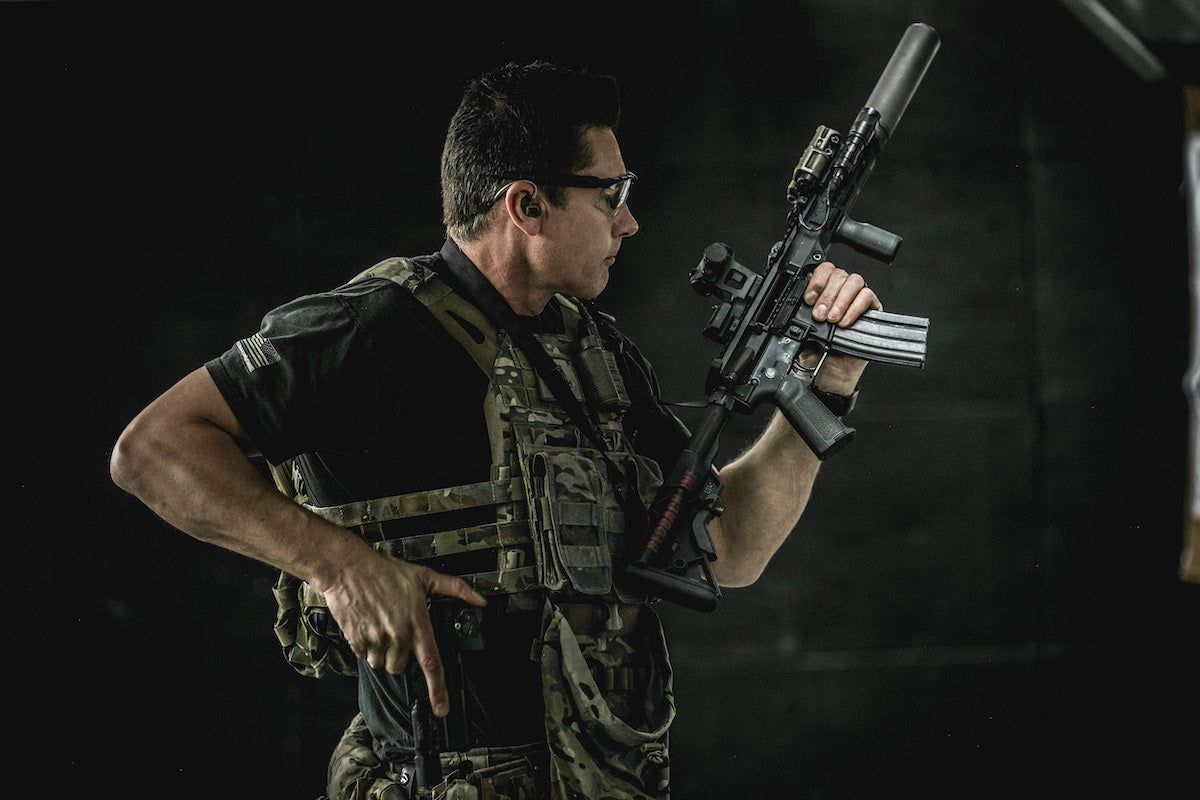
Tactical Truths: The Hard Lessons Most Shooters Ignore
We don’t train for the predictable at Redback One; we train for the real world. Whether you're military, law enforcement, or a responsible armed citizen, your skills need to be more than theoretical. Too many shooters fall into the same traps, training for convenience instead of reality. If you want to be truly prepared, it’s time to face some hard truths.
- Your Range Habits May Be Setting You Up for Failure
If your training is limited to standing in front of a single target at a known distance, you could be developing a training scar that leads to critical mistakes. The real world isn’t a flat range. In a fight, you're likely to be moving, problem-solving, and dealing with stress. If you're not already doing it, you should be integrating more realistic training techniques such as moving off the X, unconventional shooting positions like roll-over prone, and decision-making targets (shoot/no-shoot).
- You’re Shooting Fast But Not Smart
Speed without accuracy is a liability. In the real world, there are no do-overs. We train shooters to balance speed with precision because you can't shoot faster than you can accurately engage threats; missing is not an option. Shot placement is critical. Focus on efficiency over reckless speed.
- You’re Not Testing Yourself Against Live Opposition
Shooting at a static target is one thing. Engaging an adversary who moves, reacts, and fights back is a different game. If you’ve never done force-on-force training, you’re not pressure-testing your skills. Adrenaline, stress, and split-second decision-making will make or break you; train accordingly.
- Cover and Concealment: The Most Misunderstood Skill
Standing in the open while engaging threats is a fatal mistake. Knowing how to properly use cover—how to approach it, minimize your exposure, and move dynamically—can mean the difference between survival and failure. Train smarter by incorporating cover drills into every session.
- Are You Training for the Fight or the Fantasy?
Real-world engagements don’t happen under perfect conditions. The opposition always gets a say, and unpredictable elements such as stoppages, injuries, or environmental factors can complicate any fight. If you don’t have strong skills, sound decision-making, and well-rounded tactical proficiency, you’re putting yourself at risk. Conditions will never be perfect; it could be cold, dark, wet, or you might be exhausted, but that doesn’t change how we operate. We adapt, we fight through, and we win. If you’ve never trained in low-light, adverse weather, or while physically fatigued, you’re not ready. Redback One’s training pushes shooters beyond their comfort zones so they can perform when it counts.
- Your Gear Won’t Save You
Tactical gear is great, but it doesn’t replace skill. A high-end rifle won’t compensate for poor fundamentals. At Redback One, we emphasize training over tools because mindset, tactics, and marksmanship are what win fights.
- Situational Awareness: The Most Important Skill You’re Ignoring
Avoiding the fight is better than winning it. Keeping your head on a swivel, maintaining situational awareness, identifying potential threats, understanding body language, and recognizing pre-attack indicators are all critical survival skills. If you’re not training your brain to process threats before they escalate, you’re already behind. We don’t just teach people to shoot we teach them to think. Stay alert, stay ahead, and stay prepared.
Elevate Your Training
At Redback One, we don’t just build shooters, we build professionals. Our training goes beyond static drills and into the realm of reality-based, combat-proven techniques. If you’re serious about refining your skills, stepping out of your comfort zone, and becoming truly prepared, it’s time to train with us.
Ready to take your tactical training to the next level? Let’s get to work.
Also in Journal
Why Static Shooting Is Holding You Back (and What to Do Instead)
Static shooting is limited and doesn’t prepare you for real-world situations. While useful for basic skills, it fails to replicate the dynamic, stressful conditions of an actual encounter. To become a more effective shooter, you need to train with movement, decision-making, and stressors. At Redback One, we teach you how to move under pressure, shoot on the move, and handle stress, all essential elements for real-world engagements.

OPERATOR READINESS TEST - ORT
The Operator Readiness Test (ORT) is a comprehensive assessment designed to evaluate combat shooting skills. It tests engagement speed, accuracy, and weapon handling in close quarters combat. Participants must complete the test under a 20-second time limit, firing from 7 yards. The ORT incorporates realistic drills, including the use of pistol and carbine in various scenarios. The test is not a training drill but a benchmark for evaluating proficiency in combat shooting skills.

Weapons Handling & the Application of the AR15 Safety Lever
The application of the safety lever in combat varies across units and environments. In special operations, the safety is typically kept on "safe" until a threat is identified, with exceptions depending on proximity and mission. During close combat or urban operations, weapons may remain on "safe" for flexibility, but some units modify procedures for quicker response, carrying weapons de-cocked and on fire. These protocols prioritize mission success over rigid safety rules.


